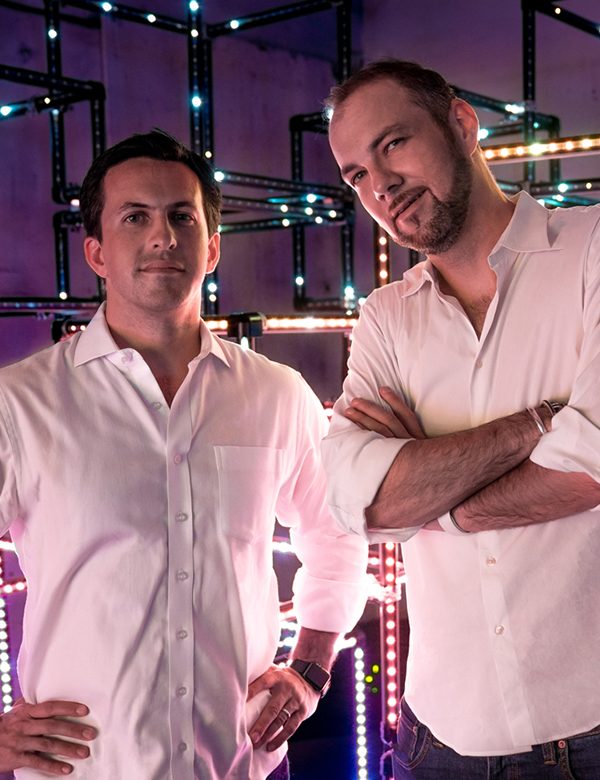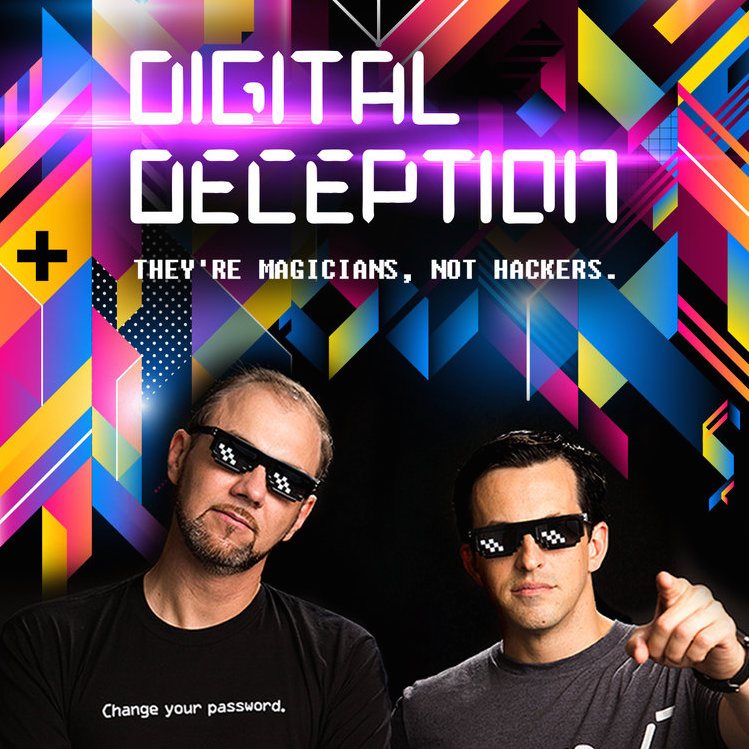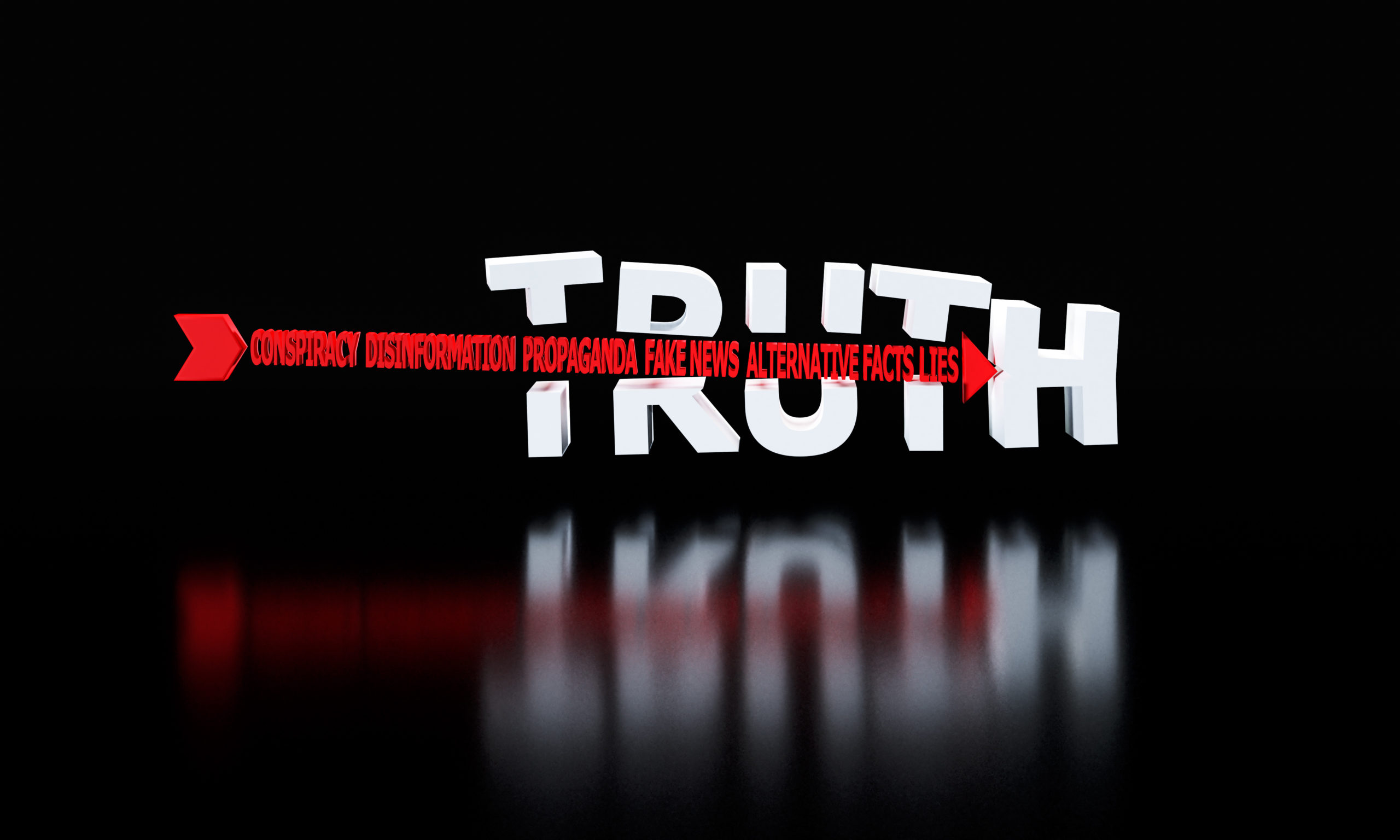Understanding Deepfakes: The Evolution Of Digital Deception
So here’s the thing, deepfakes have become a hot topic in the world of technology and media. Deepfakes are not just some random buzzword you hear in tech circles; they’re a real game-changer in how we perceive reality. Imagine waking up one day and seeing a video of yourself saying things you’ve never said or doing things you’ve never done. Sounds like something out of a sci-fi movie, right? Well, it’s happening, and it’s time we all got a grip on what deepfakes really are and how they’re shaping the future of digital deception.
Deepfakes have evolved from being just a tech experiment to becoming a powerful tool that can influence public opinion, politics, and even personal lives. The technology behind deepfakes is getting more advanced every day, making it harder for people to distinguish between what’s real and what’s fake. It’s like walking into a funhouse where nothing is as it seems. But hey, before we dive into the nitty-gritty, let’s take a moment to understand why this matters so much.
The rise of deepfakes is not just about tech; it’s about trust. Trust in media, trust in information, and trust in the digital world we live in. As we scroll through our feeds, watch videos, or read articles, the line between truth and fiction is blurring faster than ever. And that’s why understanding deepfakes isn’t just an option—it’s a necessity. So, buckle up, because we’re about to take a deep dive into the evolution of digital deception.
Read also:My Hero Ultra Rumble The Ultimate Guide To Gameplay Features And More
What Are Deepfakes Anyway?
Alright, let’s break it down. Deepfakes are essentially AI-generated videos or images that manipulate someone’s likeness to make it appear as though they’re doing or saying something they didn’t. It’s like digital magic, but instead of rabbits coming out of hats, it’s faces being swapped or voices being cloned. The technology uses machine learning algorithms, specifically Generative Adversarial Networks (GANs), to create these hyper-realistic fakes.
At first, deepfakes were mostly used for fun, like swapping faces in movies or creating memes. But as the tech got better, its potential for misuse became clear. Now, deepfakes can be used for everything from political propaganda to cyberbullying. It’s like giving someone a paintbrush and saying, “Hey, go ahead and create whatever you want, but don’t expect it to be harmless.”
How Deepfakes Work: The Tech Behind the Magic
So, how do deepfakes actually work? Picture this: you’ve got two neural networks duking it out in a digital boxing ring. One network is trying to create the fake, while the other is trying to detect it. This back-and-forth process is what makes deepfakes so realistic. The creator network keeps getting better at fooling the detector, and the detector keeps getting better at catching the fakes. It’s a constant arms race in the world of AI.
Here’s a quick breakdown of the process:
- Data Collection: Gathering tons of images or videos of the person you want to fake.
- Training the Model: Feeding that data into the neural network so it can learn how to mimic the person’s features.
- Generating the Fake: Using the trained model to create the deepfake video or image.
- Polishing: Fine-tuning the fake to make it as realistic as possible.
And just like that, you’ve got yourself a deepfake. But here’s the kicker: the more data you feed into the system, the better the deepfake gets. It’s like giving a chef all the ingredients they need to make the perfect dish.
Why Should You Care About Deepfakes?
Deepfakes aren’t just a tech issue; they’re a societal issue. Think about it: if you can’t trust what you see online, how do you make informed decisions? How do you know what’s real and what’s fake? It’s like trying to navigate a maze with no map. Deepfakes have the potential to disrupt everything from elections to personal relationships.
Read also:David Boon Son The Untold Story Of Cricket Legends Legacy
For example, imagine a deepfake video of a world leader saying something inflammatory. That video could spark international tensions before anyone even realizes it’s fake. Or consider the impact on individuals. Someone could create a deepfake of you doing something embarrassing or even illegal, and it could ruin your reputation. It’s like having your identity stolen, but instead of money, it’s your credibility that’s on the line.
The Dark Side of Deepfakes
Let’s talk about the not-so-great side of deepfakes. One of the biggest concerns is their use in misinformation campaigns. Deepfakes can be used to spread false information at an alarming rate. It’s like giving a megaphone to someone who wants to shout lies from the rooftops. And once those lies are out there, it’s almost impossible to put the genie back in the bottle.
Another issue is privacy. Deepfakes can invade people’s personal lives in ways that were unimaginable just a few years ago. Imagine waking up to find a deepfake of yourself going viral. Not exactly the kind of morning you’d want, right? And let’s not forget about the ethical implications. Is it okay to create a deepfake of someone without their consent? What about using deepfakes for malicious purposes? These are questions we need to start answering.
The History of Deepfakes: How We Got Here
Deepfakes didn’t just appear out of nowhere. They’ve been evolving for years, and their journey is as fascinating as it is concerning. It all started with basic image manipulation techniques back in the early days of digital photography. Then came video editing software that made it easier to alter footage. But it wasn’t until the rise of AI and machine learning that deepfakes really took off.
One of the earliest examples of deepfakes was a Reddit user named “DeepFakes” who started creating fake celebrity porn videos using AI. This sparked a lot of controversy and led to the term “deepfake” becoming widely known. Since then, the technology has advanced rapidly, with more and more people using it for both good and bad purposes.
Key Milestones in Deepfake Evolution
Here are some key moments in the evolution of deepfakes:
- 2014: The introduction of GANs, which laid the foundation for deepfake technology.
- 2017: The first widely publicized deepfake videos emerge on Reddit.
- 2018: Deepfake apps start becoming available to the general public.
- 2020: Deepfakes become a major concern during the U.S. presidential election.
Each of these milestones brought us closer to the deepfake world we live in today. And as the technology continues to evolve, we can expect even more advancements—and challenges—in the future.
Who’s Behind Deepfakes?
So, who exactly is creating these deepfakes? The answer is: anyone with access to the right tools. While some deepfakes are created by tech-savvy individuals for fun, others are made by more sinister actors. Governments, hackers, and even corporations have been known to use deepfakes for their own purposes. It’s like giving everyone a paintbrush and saying, “Go ahead and create whatever you want.”
But here’s the thing: not everyone has the same intentions. Some people create deepfakes to entertain, while others use them to manipulate or deceive. And that’s where the problem lies. When anyone can create a deepfake, it becomes harder to trust anything we see online. It’s like walking into a funhouse where every mirror is distorted, and you can’t tell what’s real and what’s fake.
Deepfake Creators: The Good, the Bad, and the Ugly
Let’s break down the different types of deepfake creators:
- The Good: People who use deepfakes for artistic or educational purposes. Think of it like digital art that pushes the boundaries of creativity.
- The Bad: Those who create deepfakes to spread misinformation or harm others. These are the ones we need to watch out for.
- The Ugly: The ones who use deepfakes for malicious purposes, like cyberbullying or identity theft. These are the worst offenders.
Understanding who’s behind deepfakes is crucial if we want to combat their misuse. It’s like knowing who’s pulling the strings in a puppet show. Once you know who’s behind the curtain, you can start addressing the problem.
Can We Detect Deepfakes?
Now, here’s the million-dollar question: can we actually detect deepfakes? The short answer is yes, but it’s not easy. Detecting deepfakes requires a combination of human expertise and advanced AI tools. Some of the most promising detection methods involve analyzing things like blinking patterns, facial movements, and audio inconsistencies. It’s like being a digital detective, looking for clues that something isn’t quite right.
But here’s the catch: as deepfakes get better, so do the methods for detecting them. It’s like an endless game of cat and mouse. The creators keep improving their techniques, and the detectors have to keep up. And let’s not forget about the human factor. Even the best detection tools can’t replace a critical eye. Sometimes, it’s up to us to question what we see and ask, “Is this real?”
Tools for Detecting Deepfakes
Here are some of the tools being used to detect deepfakes:
- Forensic Analysis Software: Programs that analyze videos for signs of manipulation.
- AI Detection Models: Algorithms trained to spot deepfakes based on patterns and anomalies.
- Human Experts: Professionals who can spot the subtle differences between real and fake content.
While these tools are helpful, they’re not foolproof. Detecting deepfakes is a complex process that requires a combination of technology and human intuition. It’s like solving a puzzle where some of the pieces are missing.
What Can We Do About Deepfakes?
So, now that we know what deepfakes are and how they work, what can we do about them? The first step is education. We need to teach people how to spot deepfakes and question what they see online. It’s like giving everyone a pair of glasses that help them see the world more clearly.
Another important step is regulation. Governments and tech companies need to work together to create laws and policies that address the misuse of deepfakes. This could include things like requiring watermarks on AI-generated content or implementing stricter penalties for creating harmful deepfakes. It’s like putting up guardrails to keep people safe on the digital highway.
Steps You Can Take
Here are some practical steps you can take to combat deepfakes:
- Stay Informed: Keep up with the latest developments in deepfake technology and detection methods.
- Question Everything: Don’t take everything you see online at face value. Always ask, “Is this real?”
- Support Regulation: Advocate for laws and policies that address the misuse of deepfakes.
By taking these steps, we can all play a role in combating the spread of digital deception. It’s like being part of a community effort to keep the internet a safe and trustworthy place.
The Future of Deepfakes
So, where do we go from here? The future of deepfakes is both exciting and concerning. As the technology continues to evolve, we can expect to see even more realistic and convincing fakes. This could lead to both positive and negative outcomes. On the positive side, deepfakes could be used for things like virtual reality experiences or digital restoration projects. On the negative side, they could be used for even more sophisticated forms of deception.
But here’s the thing: the future isn’t set in stone. It’s up to us to shape it. By staying informed, questioning what we see, and supporting regulation, we can help ensure that deepfakes are used responsibly. It’s like being the architects of a digital future where trust and integrity are at the forefront.
Predictions for the Future
Here are some predictions for the future of deepfakes:
- Increased Realism: Deepfakes will become even more realistic, making them harder to detect.
- Wider Adoption: More people will use deepfakes for both positive and negative purposes.
- Improved Detection: Better tools and techniques will be developed to detect deepfakes.
While the future of deepfakes is uncertain, one thing is clear: they’re here to stay. And it’s up to us to decide how we want to use them.
Conclusion: Taking Action Against Digital Deception
Alright, let’s wrap this up. Deepfakes are a powerful tool that can be used for both good and bad. They’ve come a long way since their early days, and they


